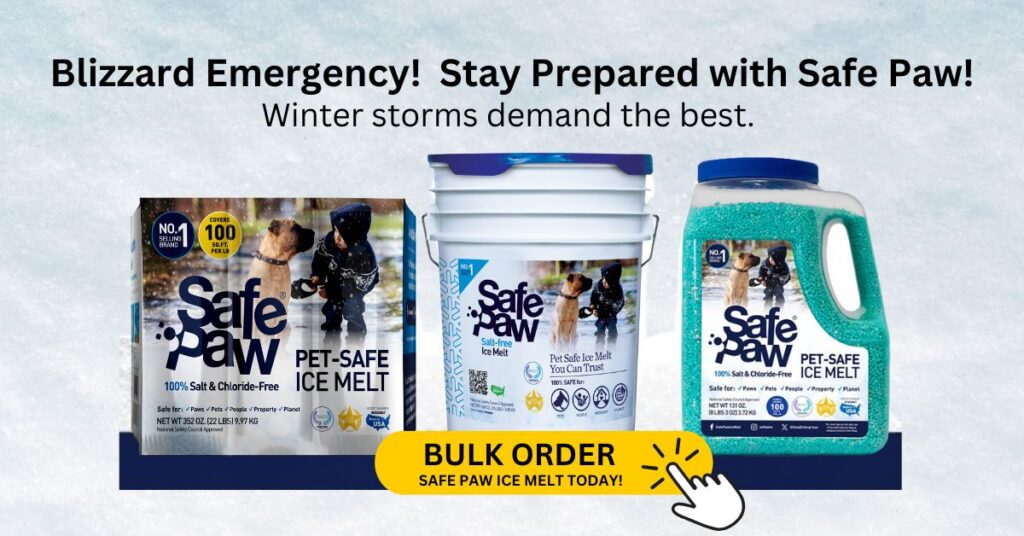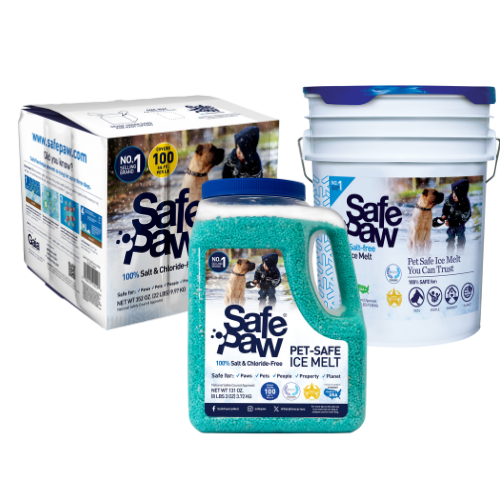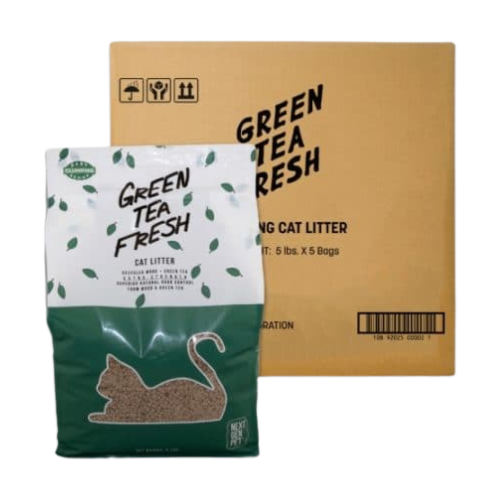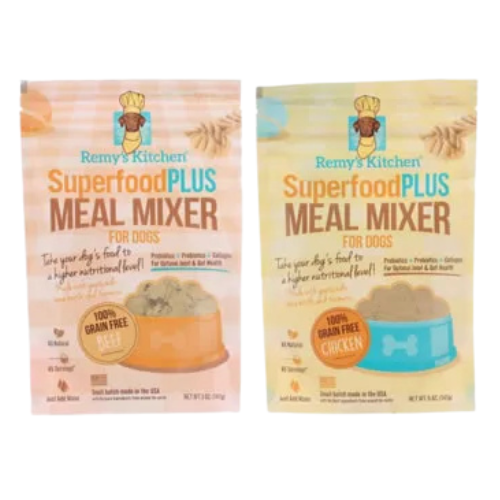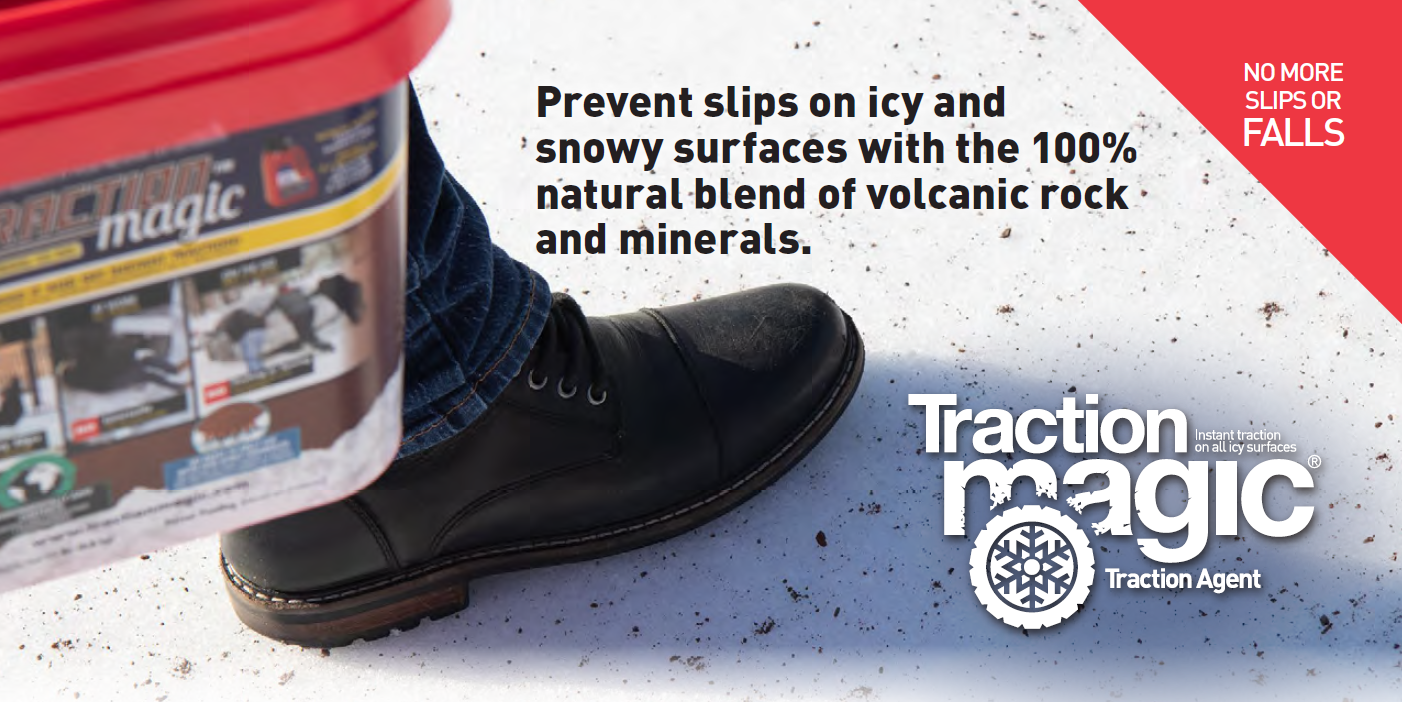How Salt Damages The Concrete And What To Do About It
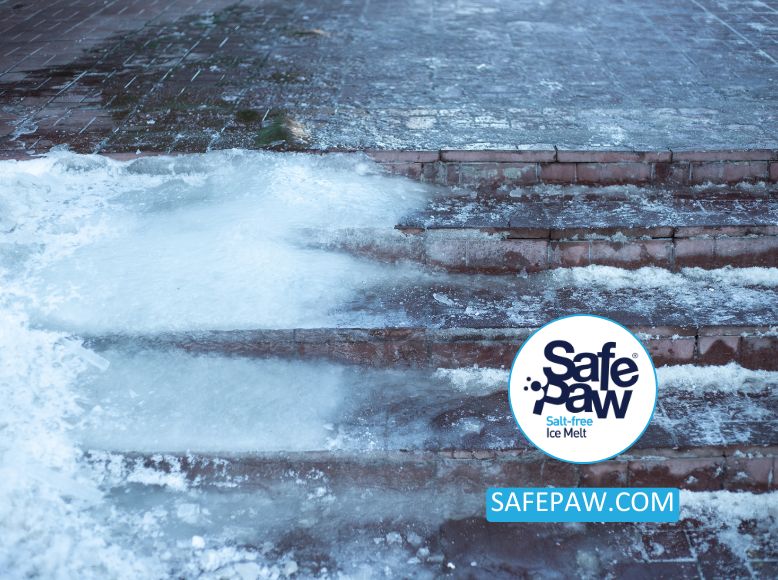
With winter comes a series of festivals and holidays. However, these aren’t the only things that come along with it. Some things that can make you worry about the winters are ice and snow.
While ice and snow are some of the most lucrative features of winters, they can also be dangerous if deposited around your house. Now that’s why you need to keep melting the snow around you from time to time.
You need to be very picky about the method that you will be using. Or else you may have to face the consequences. For example, using the wrong ice melt can harm your concrete in multiple ways.
Bulk Purchase With Safe Paw
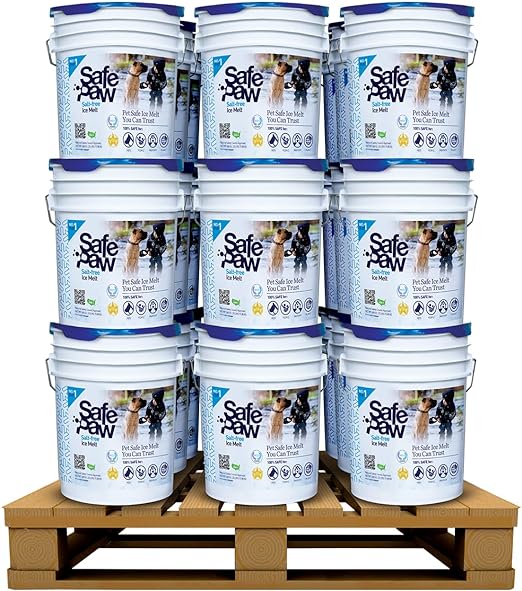
Safe Paw, Child Plant Dog Paw & Pet Safe Ice Melt -35lb, 36 Pails

Safe Paw, Child Plant Dog Paw & Pet Safe Ice Melt -22lb, 100Bboxes
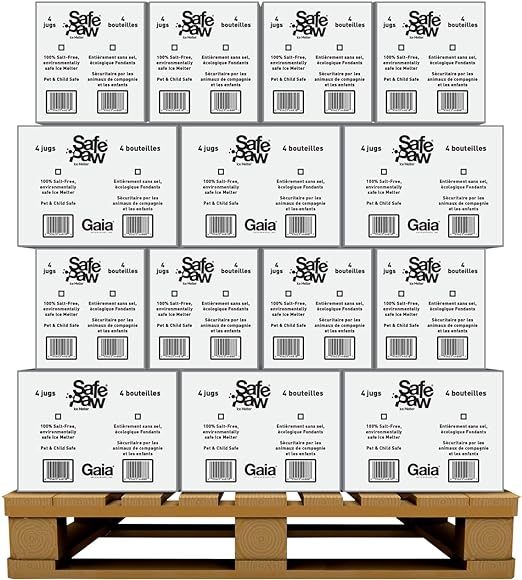
Safe Paw, Child Plant Dog Paw Pet Safe Ice Melt, 160 Jugs
Here Are A Few Ways Ice Melts Can Harm Your Concrete:
Freeze/Thaw Cycle
Freeze/Thaw damage is the most common damage that happens because of the wrong ice melting process. To put it simply, when the ice melts, it turns to water, and when the cracks in concrete absorb the water, the water freezes and then expands the cracks. This expansion, in turn, causes pressure on this build-up, and with time the build-up exceeds the limit that the concrete could withstand.
Concrete Safe Ice Melt
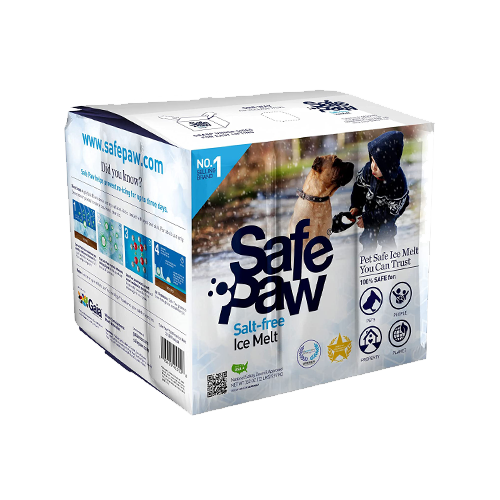
Safe Paw
The Original and the #1 Pet and Child Safe Ice Melt for over 20 years. Guaranteed environmentally safe – will not harm waterways and sensitive wetlands.
Formation Of Subflorescence
Do you know what is “subflorescence”? It’s essential to understand what it is if you use rock salt as an ice melt. When you use an excess of rock salt to melt the ice, the extra salt used can end up anywhere and affect you. For example, if it stays on a concrete surface, it can recrystallize in the pores of the surface and can lead to chipping and spalling, and this process of recrystallization is known as subflorescence.
Rusting Of Metal
Sometimes subflorscence isn’t the only issue caused due to rock salt. If the salt seeps into cracks and remains there, the metals used inside can also rust and corrode. Once rust and corrosion start, it pushes out the surrounding concrete and that results in cracks and spawnlings.
So, what ice melt is safe for new concrete? Safe Paw is a non-toxic and non-corrosive ice melts without harmful chloride salt. Glycol is used in Safe Paw to defrost the ice and prevent refreezing of the same. Safe Paw ice melt not only melts ice but also protects the surface by preventing the formation of ice for the next several hours.
Gaia Enterprises Inc. delivers 100% pet-safe and environmentally friendly winter products. Safe Paw, our flagship product, is the #1 selling pet-safe ice melt that does not harm pets, safe if ingested, and safe on all types of concrete.
Are you wondering is Safe Paw safe for concrete, roof shingles, pets, and the environment? Unlike salt that damages your garden, Safe Paw is completely safe and can be washed away in your green area without any worries.
Get ready for winter with the ONLY Pet Safe Ice Melt you can trust
To Conclude-
The essential factor to consider when using ice melt alternatives is safety. The consideration is finding an ice melt that is safe for concrete. It would be beneficial if you maintain your family, home, pets, and surroundings safe.
Get ready for winter with the ONLY Pet Safe Ice Melt you can trust
Other Ice Melt Products
Traction Magic
Stay safe on slippery surfaces with a product that’s 100% natural and safe for pets, people, and your property. Use Traction Magic on sidewalks, steps, or as instant traction for your car.
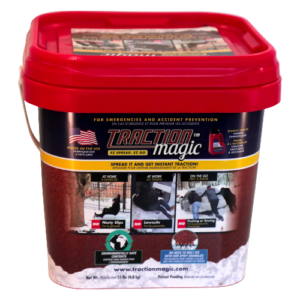
Safe Thaw
Imagine an ice melt you can put down and never worry about. It won’t harm pets, kids and your property. That’s Safe Thaw. Unlike anything else on the market, Safe Thaw can change how winter affects our planet.
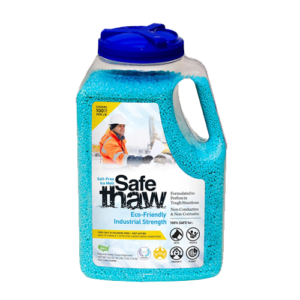
Walk On Ice
Prevent slips at home, work or on the go, The handy disposable canister can be taken everywhere, with the same 100% naturally occurring minerals that provide instant traction on ice or snow.
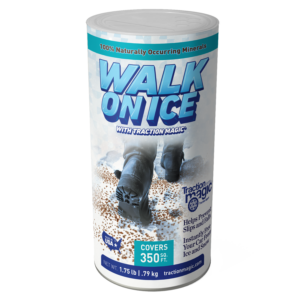
Safe Thaw
Imagine an ice melt you can put down and never worry about. It won’t harm pets, kids and your property. That’s Safe Thaw. Unlike anything else on the market, Safe Thaw can change how winter affects our planet.

